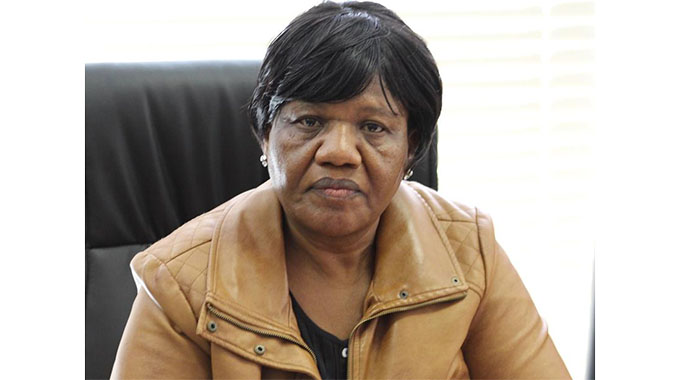Editorial Comment: ZiG will generate low inflation if we keep eyes on the ball

The Reserve Bank of Zimbabwe and its Monetary Policy Committee, after wide-ranging discussions with other economists in all sectors, now predict that inflation should fall to 5 percent by year end with the removal of the exchange rate volatility that has largely driven the high inflation.
The exchange rate volatility has been addressed by switching the local currency from the previous pure fiat Zimbabwe dollar to the new ZiG, which is backed and will continue to be backed by a basket of foreign currencies and the growing gold reserves held by the Reserve Bank.
While miners are legally bound to pay half their royalties in kind, in what they mine, for practical reasons it has been agreed that so long as half the royalties end up as gold bars in the vaults of the Reserve Bank there is no need to have warehouses full of sacks of lithium salts or bars of ferrochrome or other mining output.
This backing for what is called a structured currency is the first time that the local currency has been supported by something real and of value, and this means that growth of money supply is now curbed.
As new Reserve Bank Governor Dr John Mushayavanhu noted, the total number of ZiGs must be less than the reserves, and in fact at the launch of Friday the total in local currency was less than a third of the foreign and gold reserves.
In all economies, money supply needs to grow as an economy expands but only as it expands and roughly at the same rate of growth, with inflation also taken into account. Zimbabwe and the Reserve Bank can expand money supply under these criteria, but the currency must then be backed by more gold and foreign reserves.
The substantial margin of gold reserves, roughly a little more than twice the value of the total number of ZiGs on the launch of the currency, means that fluctuations in the price of gold will not affect the value of the currency. There is more than enough for the backing, and the reserves continue to grow as miners pay their royalties.
With that margin, and with foreign currency reserves a little over the total value of ZiGs, the exchange rate can be safely set by the commercial banks, who generate the interbank exchange rates through their commercial transactions of buying foreign currency from willing sellers and selling it to willing buyers.
So by all economic standards, Zimbabwe now has a supported and functioning local currency, in fact one of the very few backed currencies in the world and this extra strength should allow it to maintain value and end those previous collapses every year.
But, there can still be problems and the authorities need to be alert. There are some, starting with black market operators but spreading into some rather sordid areas, who make money from instability, a continual falling currency and other ills.
Some may even see the cut in the bank rate, that is the minimum interest rate on loans, to 20 percent, as an opportunity and banks may need to make sure they really know their customer before giving the loans.
If the borrowed money is to be used within a business to buy needed equipment, then just normal banking prudence needs to guide the manager approving the loan, that is, can the borrower pay back? It would be the same with individuals. If someone wants to borrow money to buy solar panels for their house, or drill a borehole or extend the house or open a modest business or even throw a big anniversary party, then again, the only question is whether there is future income to pay back the loan.
But in the past there were those who borrowed to play the currency black market, giving them a stake in high inflation, or playing other markets where they could profit from high inflation and sharply descending exchange rates. The bank rate was pushed up to high levels to combat this sort of manipulative activity, by making it too expensive to borrow to do that.
Now it will be up to bankers to think about why their customers want to borrow money. There is no need for them to decide whether their customer is the wisest of their clients, or even whether they will enjoy what they buy, but there is need to ensure that the customer is not planning to finance black market currency operations or other sorts of manipulative activity.
There will also be those in business, perhaps out of sheer greed or perhaps because they are scared after what they have gone through several times with sudden bursts of intense inflation and falling exchange rates, who will be tempted to manipulate pricing and seek to “add a bit extra, just in case”.
When this is done through a whole value chain, you get totally unnecessary inflation, and it is unnecessary since it is based on greed or unrealised fear. But these days the effects can be seen, monitored and stamped on before any damage is done.
There will be some legitimate inflationary pressure. Dr Mushayavanhu is talking about 5 percent inflation, not zero percent, although for most Zimbabweans 5 percent would have almost the same effect as zero percent considering all that we have gone through. But that low percentage is roughly the global standard, especially in developing economies, so we would join the rest of the world in yet another area.











Comments